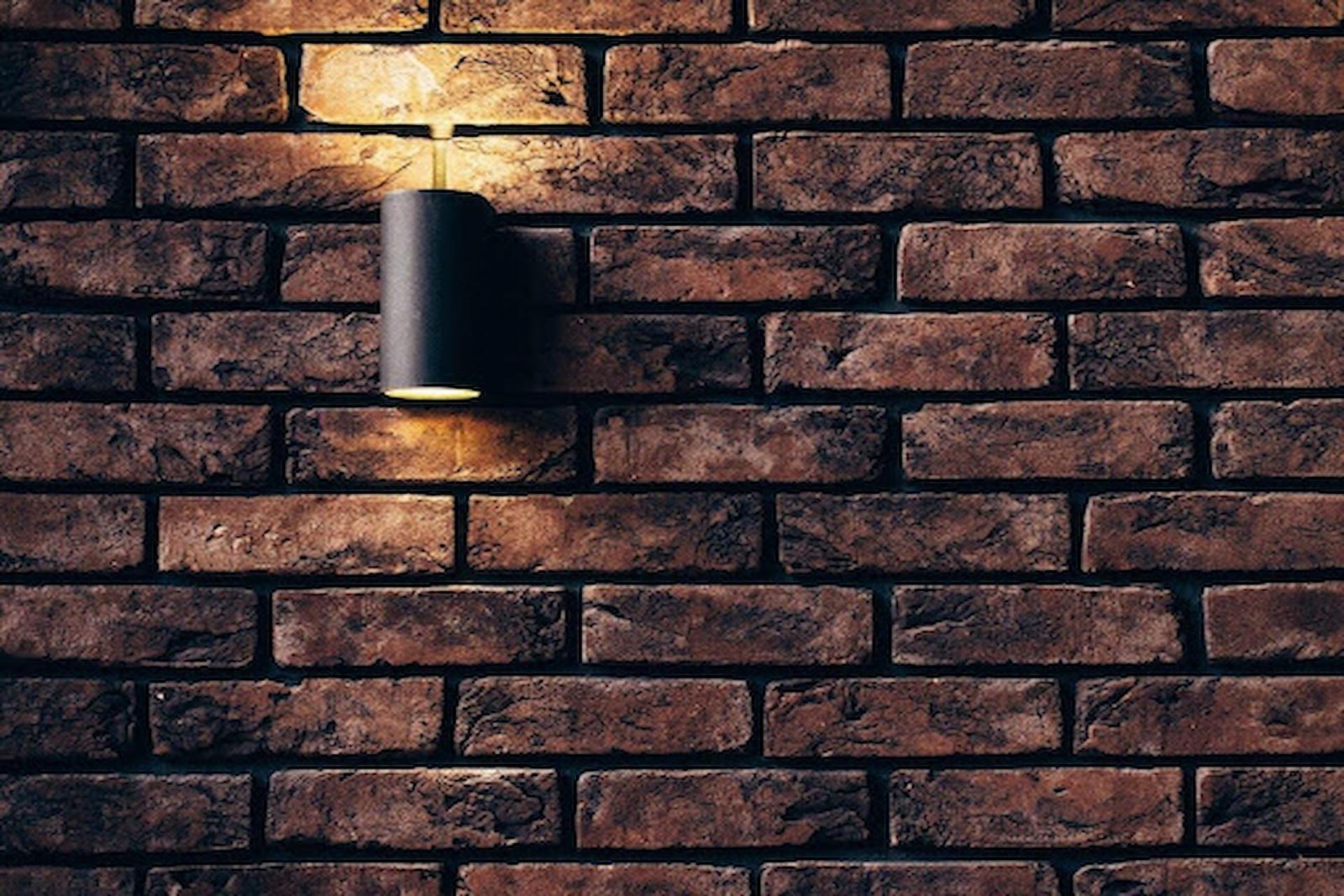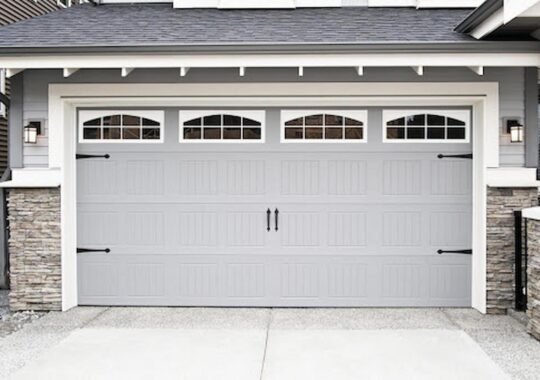Brick tiles are a popular choice for homeowners who want to add a rustic or industrial touch to their space without the bulk of traditional bricks. These tiles mimic the look of real bricks but are thinner, lighter, and easier to install. Whether you’re renovating a kitchen, upgrading an outdoor patio, or adding character to a living room wall, choosing the right brick tiles is key to achieving your desired aesthetic.
This guide walks you through the process step by step to help you confidently choose the best brick tiles for your home. Read on.
Determine the Purpose of Your Project
The first step in choosing brick tiles is determining the purpose of your project. Are you tiling an entire wall or just a backsplash? Is the space indoors or exposed to the elements?
Your goals will influence the type of tile you choose. Interior applications often prioritize style and texture, while exterior applications require durability and weather resistance. Clarify your vision so you can choose tiles that meet both your functional and aesthetic needs.
Choose a Style That Suits Your Space
Once you know your project type, it’s time to choose a style. Brick tiles come in a variety of colors, shapes, and finishes. Some tiles are smooth and uniform, while others are rough and irregular, mimicking reclaimed or antique bricks.
If you want a clean and modern look, go for a uniform shape and color. If you prefer a vintage or rustic feel, opt for weathered tiles with uneven edges and color variations. Think about the mood you want to create and how the tiles will complement other elements in the space.
Pick the Right Color
Color is another important factor. Brick tiles are available in reds, browns, greys, whites, and even painted finishes. Classic red brick adds warmth and charm, while white or light grey tones create a more contemporary, clean aesthetic.
If you’re working with a small room, lighter colors can help make the space feel larger. Darker tones, meanwhile, offer drama and sophistication. Consider how the color of your tiles will interact with existing paint, furniture, and décor.
Consider the Texture
Texture plays a big role in the visual impact of your tiles. Smooth tiles create a sleek, modern look. Rough or uneven textures can add depth and a more natural feel.
In kitchens and bathrooms, smoother tiles are often preferred because they are easier to clean. In living rooms or accent walls, textured finishes can add dimension and character. Always ask for samples so you can touch and see the tiles before making a final decision.
Select the Material That Fits Your Needs
The next step is choosing the right material. Clay is the most traditional material for brick tiles and offers a classic brick appearance. It’s durable and ages well over time.
Concrete tiles are a modern alternative that offer versatility in color and shape, often at a lower cost. Some tiles are made from recycled or eco-friendly materials, which is a good choice if sustainability is important to you. Each material has its pros and cons in terms of cost, maintenance, and longevity, so do your research.
Match the Tile Size to the Space
After selecting the material, think about the tile size. Most brick tiles come in standard sizes similar to real bricks, but there are variations. Larger tiles can create a bold, contemporary look, while smaller ones offer a more traditional appearance.
The size you choose should match the scale of the space. For a small backsplash, smaller tiles may be more appropriate. For a large wall, oversized tiles can make installation quicker and look more balanced.
Choose the Right Grout
Grout is another important consideration. Grout color and thickness can dramatically change the look of brick tile installations. A matching grout color creates a seamless appearance, while a contrasting grout highlights each tile, emphasizing the brick pattern.
Thicker grout lines give a rustic, handmade feel, while thinner lines appear more refined and modern. Grout also impacts maintenance-lighter colors may stain more easily in high-use areas like kitchens.
Decide Between DIY or Professional Installation
Now that you’ve chosen your tiles, it’s time to think about installation. Some homeowners opt to do it themselves, while others hire professionals. DIY installation can save money, but it requires precision and the right tools.
If your project involves a large area or complex surfaces, professional help might be worth the investment. They have expertise and tools, such as brick slips, to do the job efficiently and with better results.
Test Samples Before Committing
Before installation, order samples or a small quantity of tiles to test them in your space. See how they look under different lighting conditions throughout the day.
Hold them next to your existing furnishings and color scheme. This simple step can prevent costly mistakes and give you peace of mind about your choice.
Factor in the Total Cost
Cost is also a major factor in any home improvement project. Brick tiles range in price depending on the material, brand, and finish. Handmade or reclaimed-look tiles tend to be more expensive, while mass-produced tiles may offer better value.
Don’t forget to factor in the cost of grout, adhesive, and labor if you’re hiring help. Always get multiple quotes and compare before committing.
Understand Maintenance Requirements
Consider maintenance when choosing brick tiles. Some finishes are sealed to resist stains and moisture, while others are more porous. For kitchens and bathrooms, a sealed tile is often best to ensure easy cleanup and prevent water damage.
For exterior projects, make sure the tiles are rated for outdoor use and can withstand your climate. Regular maintenance, such as sealing and occasional cleaning, will keep your tiles looking fresh for years.
Think Long-Term Style
Finally, think long-term. Choose a style and color that you won’t tire of quickly.
Trends change, but a timeless brick tile installation can add value and charm to your home for decades. It’s better to go with a classic option that you’ll still love years down the line than to follow a fleeting trend that may feel outdated later.
Use Brick Tiles for Your Home
Choosing the right brick tiles is a mix of practical decision-making and personal taste. By taking your time and following these steps, you can make a choice that enhances your home’s beauty and functionality. With the right tiles and careful planning, you can create a warm, inviting space that reflects your unique style.
If you want to read more articles, visit our blog.





